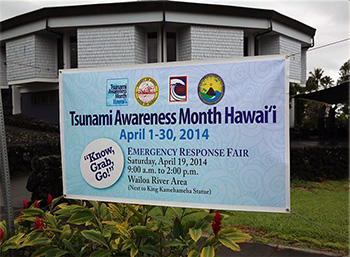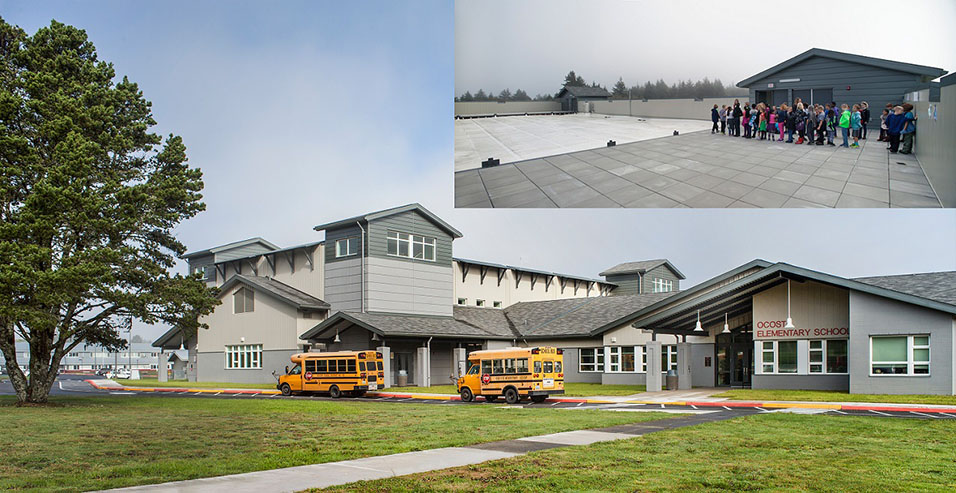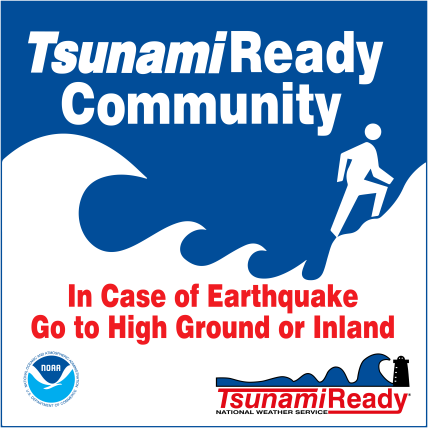
Of all Earth's natural hazards, tsunamis are among the most infrequent. Major tsunamis do not happen often, but when they do, they can have a significant impact on life and property. Even small tsunamis, which are more frequent, can cause loss of life, injuries, and considerable damage.
But there are things communities can do before, during, and after a tsunami that can save lives and minimize losses.
Tsunami impacts can vary greatly from one community to the next depending on their local bathymetry and topography. So to prepare for a tsunami, coastal communities should conduct hazard assessments to understand how tsunamis of different sizes and sources (location and type) might affect them.
A hazard assessment includes using computer models and information from past tsunamis to identify and map the areas likely to be flooded during a tsunami and by how much.
Communities can use the resulting tsunami hazard zone maps to determine where people and other important community assets (e.g., buildings, facilities, bridges, schools, hospitals) are at risk so they can decide where to focus preparedness, response, and mitigation efforts.
Communities that understand their tsunami risk are better prepared to protect the public in the event of a tsunami. Protective measures include:
- Planning and practicing for response to tsunamis;
- Warning the public;
- Establishing, marking, and publicizing evacuation routes; and
- Educating the public (residents and visitors) about tsunamis and tsunami safety before a tsunami strikes.

Other ways to prepare for and mitigate the potential impacts of a tsunami emphasize thoughtful land-use planning and building design in tsunami hazard zones and include the following:
- Improving evacuation routes
- Building tsunami evacuation structures
- Limiting new development in tsunami hazard zones
- Designing, siting, and building structures to minimize tsunami damage
- Adopting building codes that address tsunamis
- Protecting and strengthening existing structures and infrastructure that, if damaged, would negatively affect response and recovery
- Moving important community assets and vulnerable populations out of tsunami hazard zones
- Planning for post-tsunami recovery

In the United States, much of the tsunami preparedness and mitigation work is conducted through two programs:
- The National Tsunami Hazard Mitigation Program is a federal/state partnership led by NOAA that also includes the Federal Emergency Management Agency, the U.S. Geological Survey, and 28 U.S. states and territories. Through collaboration, coordination, and support to partner states and territories, the program focuses on three key functions: hazard assessment, warning guidance, and mitigation.
- The NWS TsunamiReady® program is a voluntary community recognition program that helps communities minimize the risk posed by tsunamis through better risk assessment, planning, education, and warning communications. The Intergovernmental Oceanographic Commission of the United Nations Educational, Scientific, and Cultural Organization modeled their International Tsunami Ready program offsite link on the NWS program.


